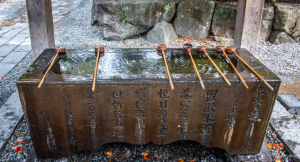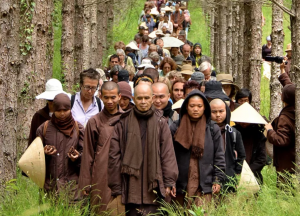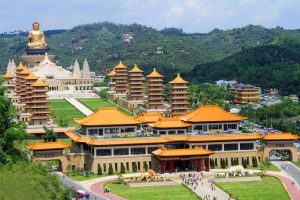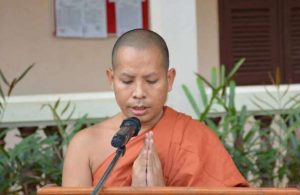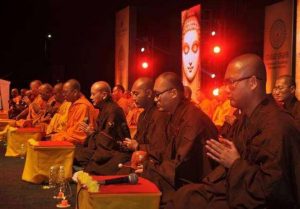
Archaeologists from the Archaeological Survey of India (ASI) have reported significant new discoveries at the Ratnagiri archaeological site in Jajpur District, uncovering remains linked to the region’s 1,200-year-old Buddhist heritage. The site, located in the eastern Indian state of Odisha, is recognized for its connection to early Buddhist settlements, and experts say that these latest findings shed new light on Ratnagiri’s role as a major center of Buddhist activity.
Excavations began several months ago in collaboration with local universities—Cotton University in Guwahati, Sambalpur University, and Utkal University—under the supervision of ASI assistant superintendent Prajnya Pratin Pradhan. The project marks the first major fieldwork at Ratnagiri in more than six decades after excavations in the late 1950s and early 1960s established the site as a hub of Buddhist monastic life. Those earlier digs uncovered a brick stupa, three monastic complexes, eight temples, and more than 700 votive stupas.
Officials at the site remarked that the most important recent find was a broken monolithic elephant measuring 1.5 meters in length and 1.1 meters in height. “The excavation has also yielded a wealth of treasures, including a colossal Buddha head, sculptural fragments of Buddhist deities, monolithic and masonry votive stupas, along with an assortment of brick and stone structures and a collection of ceramics,” they added. (Odisha Bytes)
“The unearthed Buddhist monastery dates back to eighth century and was built under the patronage of [the] Bhaumakura dynasty that flourished in ancient Odisha between the eighth and 11th centuries,” said the secretary of the Odisha Institute of Maritime and South East Asian Studies (OIMSEAS), Dr. Sunil Patnaik. (The Times of India)
Dr. Patnaik pointed out that the newly discovered Buddha images had distinctive hairstyles not commonly seen in other parts of India, highlighting the importance of the site for a deeper understanding of Buddhist history in India.
Historically known as the “Hill of Jewels,” Ratnagiri first came to prominence in modern scholarship in 1905, when the region was surveyed by Manmohan Chakravarty, a local sub-divisional officer. Subsequent investigations and the 1958–61 excavations produced evidence of extensive Buddhist establishments.
Despite Ratnagiri’s archaeological significance, ongoing conservation faces local challenges. “Many villagers have built structures on parts of the Buddhist site,” said former history professor at Kendrapada Autonomous College, Tapan Pati. (The Times of India) Such encroachments make preservation difficult, and officials are seeking government intervention to protect the site. Pati explained that these remains were crucial for understanding early Buddhism in Odisha, representing a major repository of religious art and architecture.
The newly uncovered monastery and other artifacts are expected to provide insights into how Buddhism evolved in the region during and after the Bhaumakura dynasty. Scholars point to Ratnagiri’s geographic location, nestled within a broader network of similar sites in eastern India, as evidence of the spread and influence of Buddhist practice and teachings along important trade and pilgrimage routes.
ASI assistant superintendent Pradhan noted that the joint excavation project combined expertise from archaeology, art history, and epigraphy, making it a multi-disciplinary effort.
The latest findings at Ratnagiri could reinvigorate public interest in Odisha’s broader Buddhist heritage, leading to improved protection and awareness of this notable archaeological landmark.
Archaeologists intend to continue their work at Ratnagiri, aiming to systematically document the site’s layout, dating, and cultural significance. The new discoveries have already garnered attention among Indian and international researchers of Buddhist studies, reflecting Ratnagiri’s potential as a key destination for historians, spiritual practitioners, and cultural tourists.
See more
60 years after 1st excavation, Buddhist complex discovered at Ratnagiri (The Times of India)
Odisha’s ‘Most Largest, Graceful’ Relics Found At Ratnagiri Buddhist Site In Jajpur (Odisha Bytes)
Related news reports from BDG
Conservation Work Progresses in Phanigiri, Potential UNESCO Heritage Site Linked to Buddhism in India
Environmentalists Call for Restoration of Thotlakonda Buddhist Complex in India
Ancient Buddhist Stupa Excavated at Port Site of Palur, India
2,300-Year-Old Buddhist Elephant Statue Unearthed in India
Ancient Buddhist Monastery Complex Discovered in Bangladesh
Buddhist Heritage Sites Languish in Odisha, India
Related features from BDG
Buddhistdoor View: Telling a History We Can All Resonate with through Dunhuang
Echoes of Tantra: The Odisha Circuit
Echoes of Tantra: Remnants of the Mahasiddhas
Echoes of Tantra: The Buddhist Triangle





